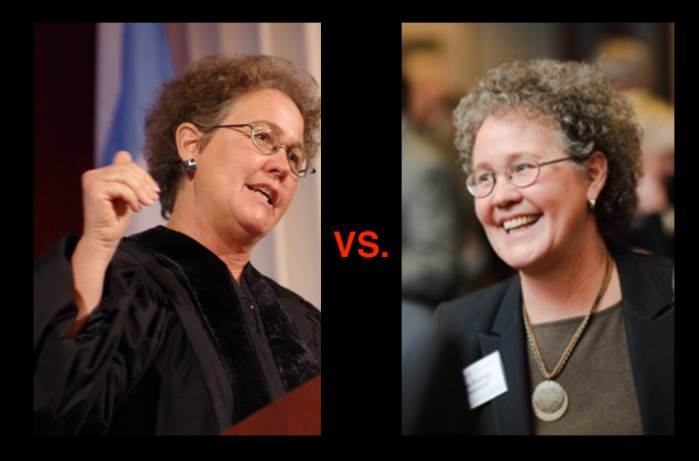Ignore the charter school think-tank crowd
We don’t need and can't afford charter school expansion in New Bedford
YOU ARE AN EDUCATION RESEARCHER sent to discover best practices in urban schools so that you can replicate them to create results for more kids—kids who you believe are trapped in mediocre schools. You look at three exemplar schools to scale up:
School A has 336 students and rates in the state’s 85th accountability percentile, a measure now used to aggregate a school’s performance on MCAS relative to other schools in the state. This school made 95 percent improvement toward its own goals, such as increasing the percentage of students who score advanced or proficient on statewide exams, or improving attendance rates. Remarkably, 46 percent of this school’s students have a first language other than English, and 75 percent are considered economically disadvantaged. The school has been named a School of Recognition by the state, among only 50 others.
School B has 730 students and rates in the state’s 59th accountability percentile and made 83 percent improvement toward its targets. The school is home to specialized classrooms designed to serve students with severe behavioral and developmental delays, and 27 percent of the school’s students have disabilities, 44 percent are economically disadvantaged, and 21 percent have a first language other than English.
School C has 413 students and rates in the state’s 38th accountability percentile and made 47 percent improvement toward its targets. At the school, 23 percent of the students have a first language other than English, and 58 percent come from economically disadvantaged backgrounds.
If you had to make the call on which school to expand by 300 percent – to double- or triple-down on – I suspect you would favor schools A and B, New Bedford district public schools Congdon and Pulaski, respectively, over School C, Alma del Mar Charter School, the school actually proposing such an extraordinary expansion.
The New Bedford district public schools have a plethora of higher performing schools. Not just Pulaski and Congdon, but 10 of New Bedford’s elementary schools finished higher in accountability ranking than Alma del Mar, more than half of the city’s primary schools. On improvement toward targets, 18 of the district’s 23 schools exceed Alma’s 47 percent improvement rate. And among those performing worse than Alma? The city’s other two charters: Global Learning and City on a Hill. The district educates a higher percentage of English language learners, students with disabilities, and economically disadvantaged students and has schools soaring past Alma nonetheless.
Why siphon from the most successful of New Bedford’s schools, which outperform charters with Continue reading: Ignore the charter school think-tank crowd - CommonWealth Magazine





